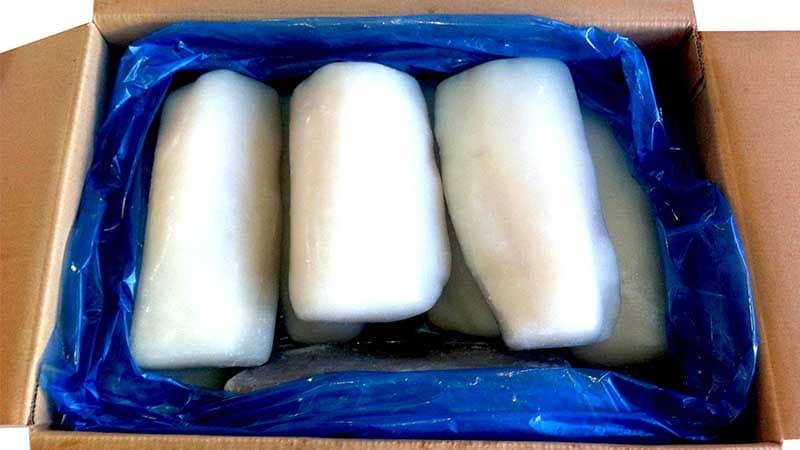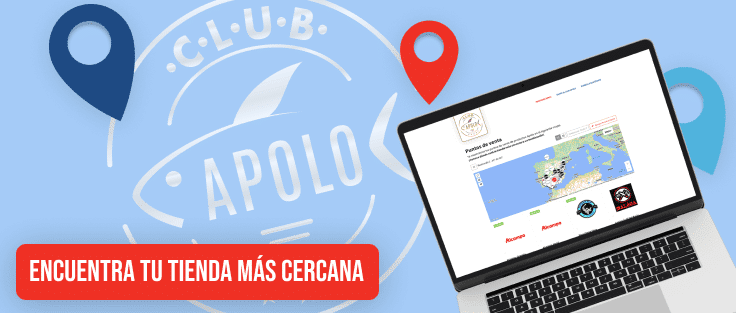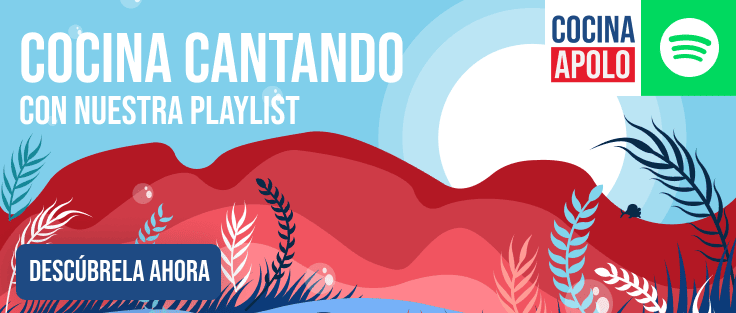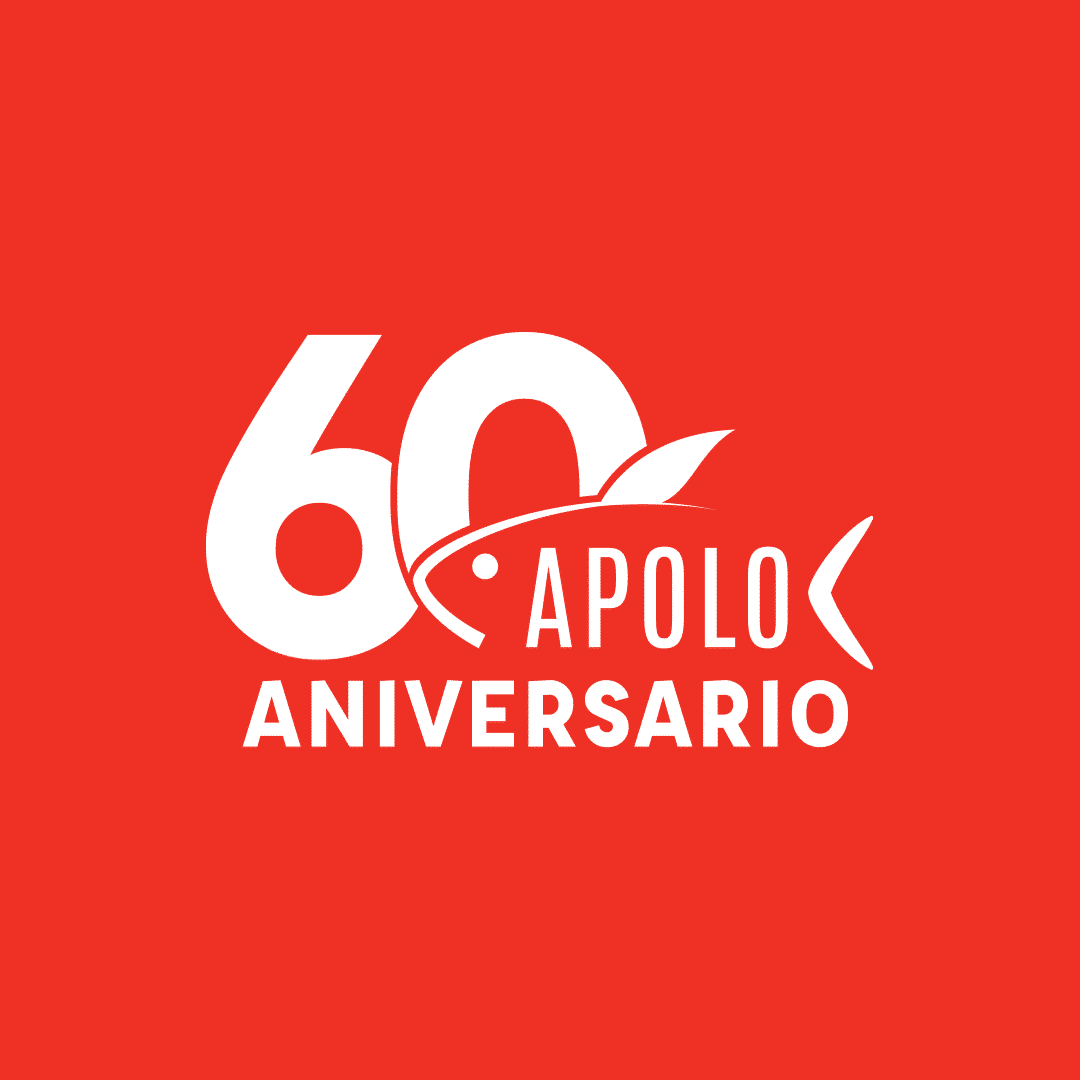Freezing food not only saves money and time, but one of its main virtues is that it preserves the product for long periods of time without affecting it.
Despite the crisis, figures on the consumption of frozen products indicate that the sector has been maintained: 99% of Spanish households buy frozen food and seven out of ten consume it at least once a week.
Frozen foods do not need preservatives or coloring, since the sub-zero temperatures (-18ºC) at which they are kept prevent the proliferation of microorganisms and pathogens. Once the product is subjected to a decrease in temperature, the water freezes, thus increasing its shelf life.
As this guide of a specific campaign for frozen fish of the Ministry of Agriculture reminds, deep-freezing is the only preservation system that allows to recover, at the moment of its use, the original characteristics of the product.
This type of food freezing reaches much more extreme temperatures than those -18ºC that we can reach with home freezers. The deep-freezing technique guarantees 100% of the nutritional content, according to experts. Food is frozen at -40ºC and as quickly as possible without losing its nutritional properties or its organoleptic qualities (taste, texture, color and smell).
In many cases, the deep-frozen product can offer even better nutritional quality than fresh, since it has been frozen at the time of harvesting or fishing.
In Apolo, the freezing process is carried out with the latest technology in the industry and strict quality controls, which allows preserving intact the organoleptic properties (flavor, texture and appearance) of the fish and seafood that the company prepares once defrosted. For the same reason the quality of its products has become a stronghold of the company, Andalusian leader in the frozen industry.
Phases of the freezing curve
The crystallization of the water contained in the food occurs gradually, according to the information provided by this study on the latest advances in freezing technology:
– Pre-cooling stage: the temperature of the food is gradually reduced from its initial value (T0) to reach the freezing point (Tc) to continue decreasing without any change of state in the product.
– Nucleation: a certain number of ice nuclei are spontaneously produced, causing the temperature to rise to its freezing point due to the latent heat released.
– Freezing: after nucleation the temperature of the food remains stable and forms what is called the freezing plate, until all the available water has turned to ice.
Frozen vegetables, meat and fish
In the case of vegetables, freezing makes it possible to maintain the flavor and the vitamins and nutrients as if they had just come out of the garden. In addition, the fact that in most cases they have been packaged clean and cut facilitates the task at home when it is time to eat them.
Frozen fish also offer multiple advantages, such as the fact that in the process it has been previously cleaned and chopped without waste. And thanks to industrial freezing they keep their nutritional qualities and flavor intact. The same is true of frozen meat, whether beef or poultry.
There are many advantages to freezing food, a market that is growing every day.






